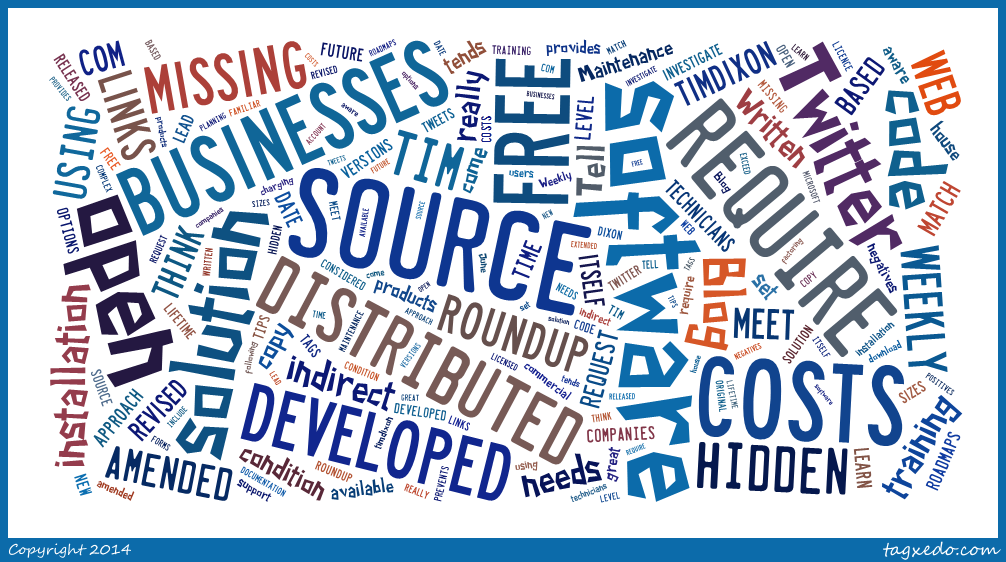Business often consider Open Source software to be free due to it being free to download, install and use. But is it really free?
What is Open Source Software?
Open Source software is software developed under a licence that prevents charging for the software and requires the distribution of source code. Anyone can take a copy of the source code and amend it to meet their requirements on the condition that the amended software cannot be distributed for cost and any code based on the original, must be distributed to users of the revised software on request.
How can free, not be free?
Although the software itself is free, the indirect costs of using open source software match, if not exceed, the costs of commercially licensed software.
Indirect costs come in the following forms:
- Time required for installation and set up – In some open source software this can be much more complex.
- Training – users will require training on any software, but open source software tends to have out of date documentation and not to the same level as commercial software.
- Maintenance and support – Most technicians are familiar with Microsoft products, open source is more of a ‘learn it as you go’ approach to support. Commercial support is available for most open source software, but will require planning to include the cost.
- Development of open source software can be done in-house and extended to meet your companies needs. Be aware that open source roadmaps and future development may lead to re-factoring solutions, as new versions are released.
Open Source software provides some great options and should be considered for businesses of all sizes. As with any solution, businesses need to investigate the full cost of a solution and take into account the positives and negatives over the lifetime of the solution.
Tell me what you think in the comments below or on X @timdixon82

